The dry nature of spring this year has scuppered a large part of my usual method of trying to predict the summer season.

With El Nino forecast to be neutral I decided to once again rely on pattern matching of meteorological data from this area for March, April and May stretching back to 1797.
The mean for the spring season, the second warmest on record, was 11.9C with 88.6mm of rain and 430.3 hours of sunshine.
If you take into account all years that were within +/- 10 per cent of these figures, for rainfall some 12 ‘best fit’ years emerge. I normally go on to reduce the list further by considering mean temperature but, this year, no figures would remain!
The list of 12 summers, ranging from 1807 through to 2005, saw all manner of summers, including 1808 when early July heat gave way to fierce thunderstorms with hail the size of tennis balls recorded. Only one was a real corker, 1906, but most were fairly nondescript.
As an average this summer could be expressed as: Mean: 17.2C (just below average) Rainfall: 141mm (about average).
Or, expressed in probabilities, I concluded the following:

From the above you could deduce that the next three months will be around average, with average rainfall.
To try to give some idea of what month will have the best weather I’ve broken down the summer into June, July and August probabilities.
Looking at June, considering the unsettled outlook after the weekend, I would guess that a few very warm, thundery spells are possible– though much of any precipitation will stay to our west.
On to July. After an average June I wonder if the ‘return of the westerlies’ will happen just in time to affect this month?

The above chart would suggest that July will be classically average overall. Fine, not too hot spells, with occasional depressions bringing cooler weather and showers.
On to August. Apart from last year this month has been a real disappointment the previous few years. Looking at the probabilities would suggest that August will be the most disappointing month.

Looking at the above probabilities there seems a fair chance of something cooler than average.
There’s not really much to go on. I note the Met Office is going for ‘warmer than average’ but a look at their methodology and the coming season doesn’t look that exciting.
* Taking into account the fact that temperatures in London are up to 0.66C warmer than they were 100 years ago I have added 0.66C to mean temperatures before 1915.
** Obviously, in the event of a series of direct hits from thunderstorms, my rainfall estimate could be hopelessly short – a symptom of abundant solar energy at this time of year which creates a ‘noisy’ atmosphere compared with winter.
*** The 1981-2010 average mean for summer in this region is 17.6C, with 144.9mm of rain and 564 hours of sunshine

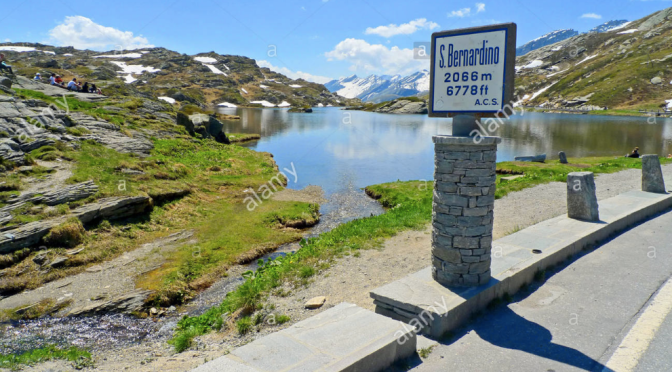
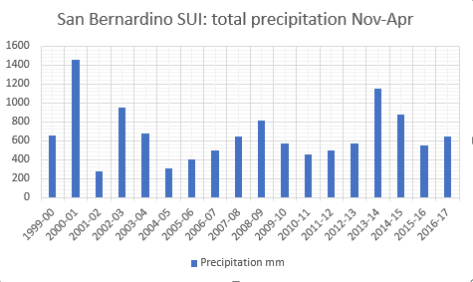

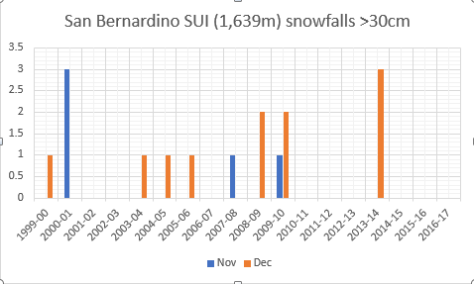

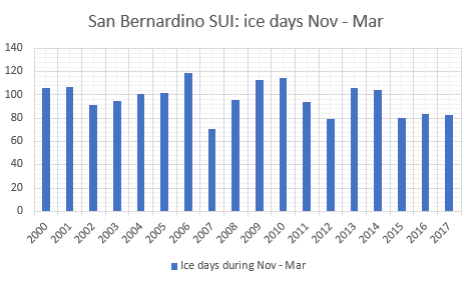









 I’ve read about Iain’s findings in the
I’ve read about Iain’s findings in the 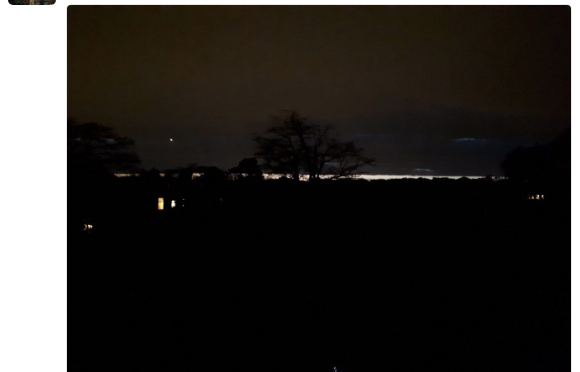


 3rd: Cloudy but with bright breaks and blue sky in distance.
3rd: Cloudy but with bright breaks and blue sky in distance. 13th: Cloudy though high base made it seem bright. Feeling chilly. A shower overnight.
13th: Cloudy though high base made it seem bright. Feeling chilly. A shower overnight.
You must be logged in to post a comment.